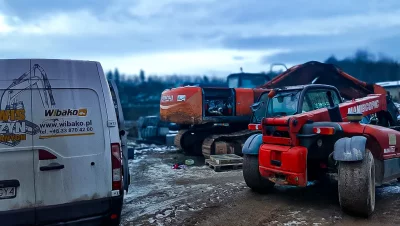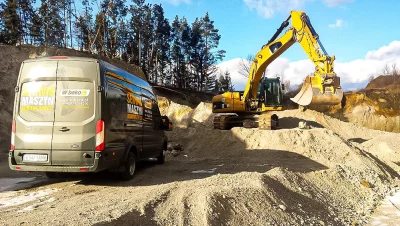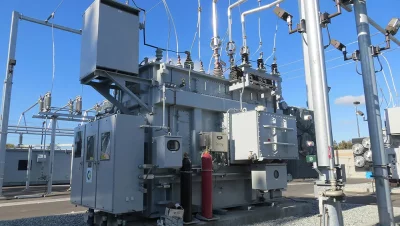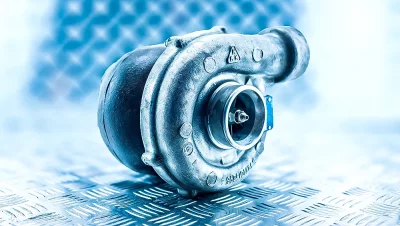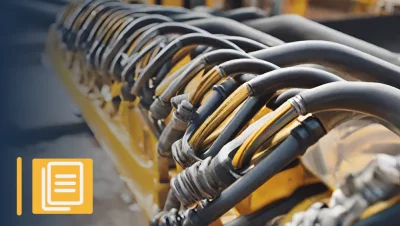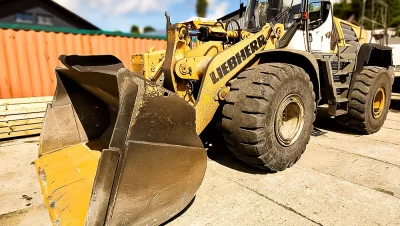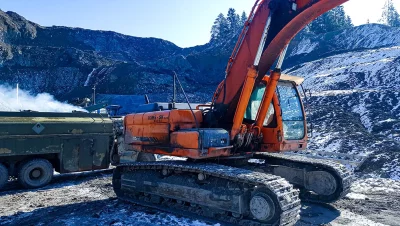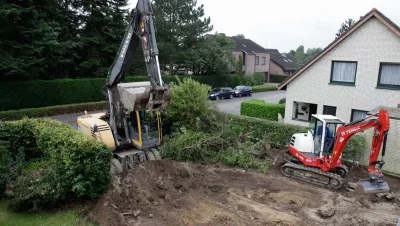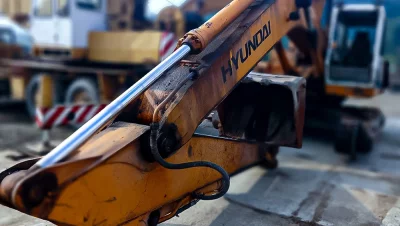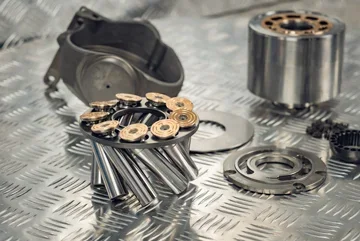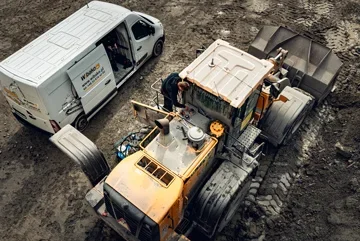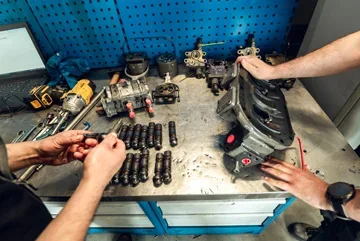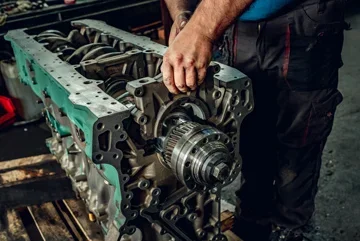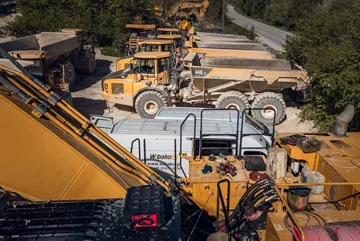How to choose an excavator correctly?
Excavator - probably the most popular heavy equipment on construction sites around the world. It's not surprising, as these machines are used in many types of earthworks and roadworks, in mining, and other industries. There are many criteria for their division, and perhaps the most popular is the classification based on the type of chassis (which directly affects the way of moving around the construction site) and thus we distinguish wheeled vehicles and crawler ones.
There is no clear answer to the question posed in the title, as both excavators have their advantages and disadvantages, and the choice of machine is determined by a number of factors and variable conditions. First of all, it should be taken into account what type of work we need the excavator for and on what ground this equipment will move.
It is absolutely necessary to remember that a certain advantage may have marginal significance in other circumstances and e.g. a large excavator will not work in a limited urban space and thus its potential will be wasted. When making a purchase, we also cannot forget about the purchasing budget we have.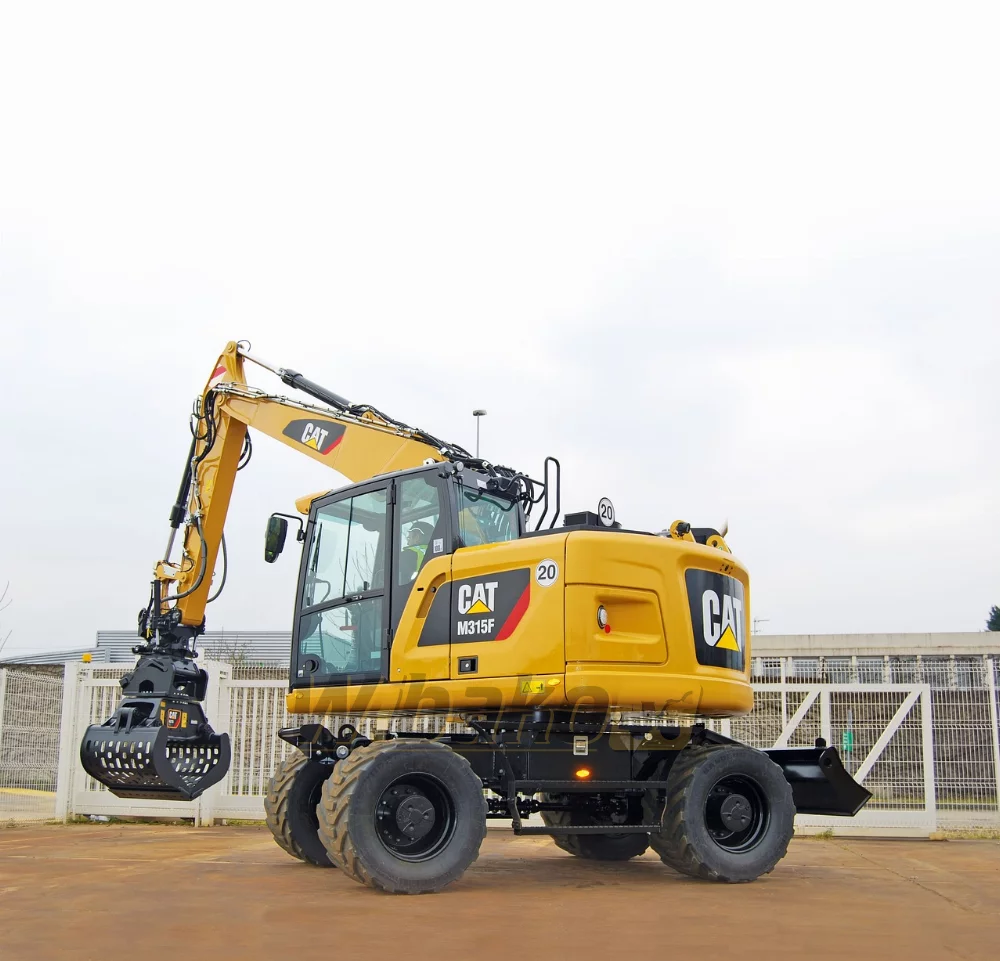
Wheeled excavator - description
The wheeled chassis of the excavator consists of a frame (rigid or articulated) and drive units attached to it and obviously such a machine moves on wheels. Usually, the chassis are dedicated to a specific machine model, and the main criterion for their selection is the weight of such a machine.
Deciding to purchase (or lease) a wheeled excavator, we choose a universal machine and thus obtain certain user benefits, among which we can mention primarily:
-
- Greater mobility and agility, ease of transport (they can move on public roads as slow-moving vehicles).
- Lower running costs - these are usually faster and lighter machines. This type of excavator will perform much better on urban construction sites or simply on flat, undemanding terrain.
- Another important advantage is the relatively high lifting capacity, which, combined with the possibility of installing additional equipment (such as a hydraulic hammer, shears or drills), means that we are dealing with a versatile and universal machine.
Operation of a construction vehicle with a wheeled chassis requires performing certain maintenance and service activities. First of all, you should use the right tires (with the appropriate load capacity and only those that are provided by the manufacturer), usually with a wide cross-section and a large diameter - thanks to this, such a tire is able to provide adequate driving stability, often with very heavy spoil.
As part of daily service, the operator should check the tires and rims for cracks and other damage.
Additionally, it is customary that at certain intervals (every 50 hours or once a week) the tire pressure and the condition of the tread and sidewalls should also be checked.
It is a very good practice to check again whether the mounting screws are tightened after unscrewing and reassembling the tires.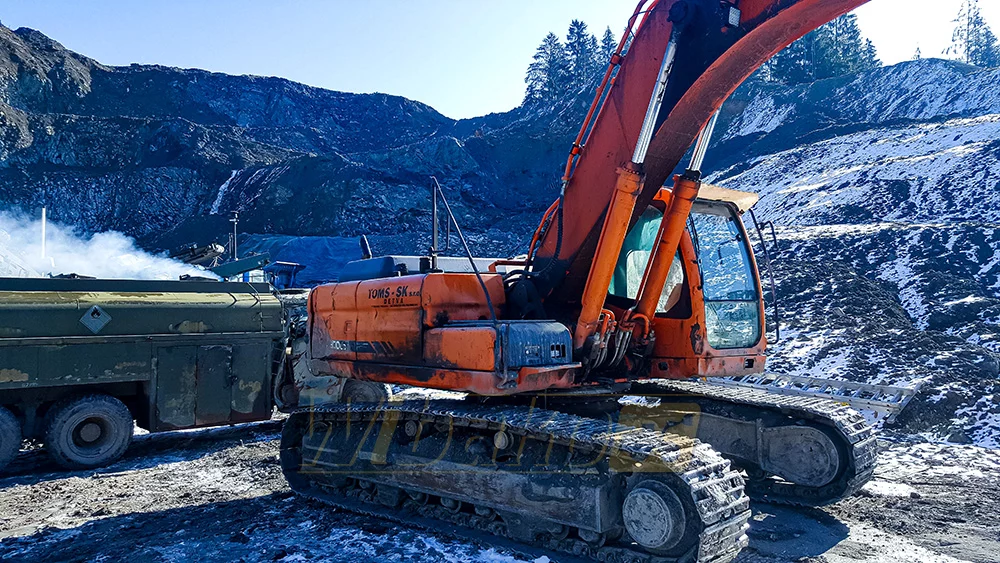
Crawler excavator - characteristics
As the name suggests, the base is based on tracks that allow movement. The chassis also includes drive and tensioning wheels, running and supporting rollers, and mechanisms regulating the tension of the tracks.
A distinguishing feature of this type of excavators is that they can operate practically on any terrain - they are not afraid of mud, sand, rocky terrain or unhardened ground. Generally, it can be said that this type of equipment is dedicated to difficult terrain.
Thanks to the use of tracks, the crawler excavator holds the ground more stably (because the contact surface with the ground is large) and thus the risk of tipping over is much lower than in the case of its wheeled counterpart. The advantage of this type of base is good traction properties.
The crawler chassis is located lower (compared to the wheeled one) and thus the digging depth is greater, which is another advantage of this type of excavators. One of the most important disadvantages is the lack of possibility to move on public roads, which results in the need to rent transport, e.g. a tow truck, and thus additional costs and of course loss of valuable time.
Very often, a crawler-based excavator is cheaper to buy, but overall more expensive to operate.
When using a machine with a crawler base, you should take care of the technical condition of individual elements - it is obligatory to regularly check the condition of the tracks (and their proper tension), and any "strange" sounds may indicate damage to this critical component.
You should also not forget to check the other elements and check (and possibly top up) the oil level in the drive gear.
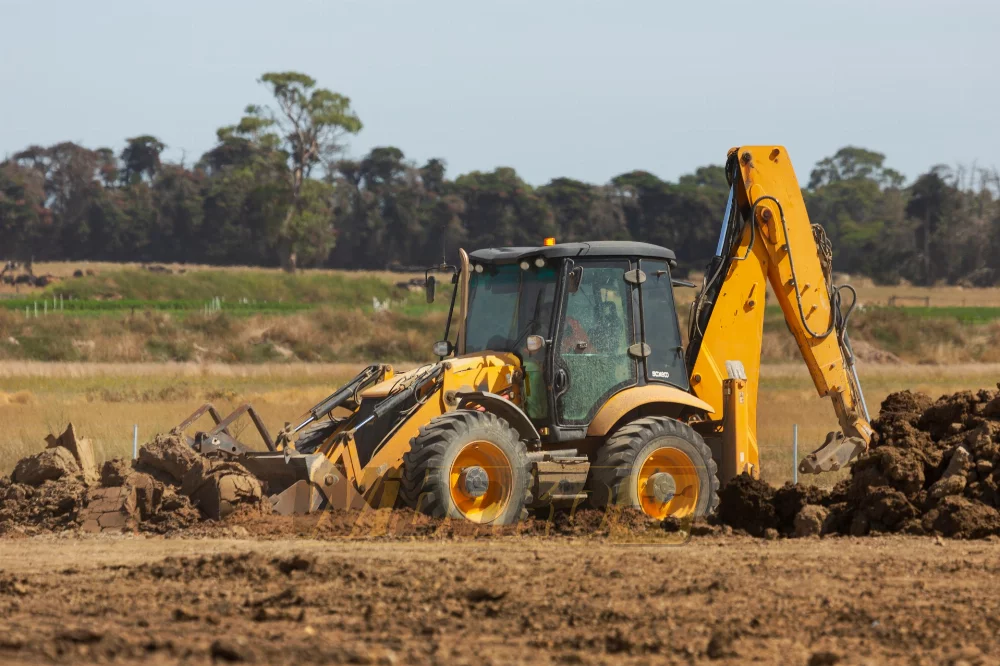
Summary:
When choosing an excavator, you should do it carefully and analyze all the "pros" and "cons", so that the equipment in which we invest money is used as efficiently as possible, which will directly affect productivity and speed of work.
The market offers a lot of machines from different manufacturers and of different sizes. A correct decision is one thing, but it is equally important to buy a machine that is fully technically efficient. Therefore, before buying, a thorough verification of the condition of such an excavator should be carried out.
In such a situation, it is worth trusting specialists who deal with this type of equipment on a daily basis and will be able to detect all faults and shortcomings.
Regardless of which machine you decide to buy, we have advice for you - take care of your machines, especially the running gear! Proper maintenance and regular service are absolutely necessary for the machine to go to work!
A seemingly minor fault, if not repaired in time, will eventually lead to an expensive repair failure.
It is also worth buying such equipment, for which spare parts will be available, which we invite you to the company Wibako. With a very large stock, we are able to offer you high-quality spare parts on the spot.



